Jamie Jean Schneider DommDigital Strategist for the North American Division First Impressions Matter to Seekers: Tips for Improving Your Digital Curb Appeal For the first ten years of my career I had the opportunity to develop my digital skillsets in the secular world with the hope that someday these skills could be used to serve God more directly. I am pleased to say that there is a tide-shift happening now in the Seventh-day Adventist Church at multiple levels; we are collectively waking up to the untapped potential of the digital mission field. There is potential for a beautiful marriage between traditional means of evangelism and digital communications. These new technologies are not meant to entirely replace the old methods, but serve to magnify and increase the scale of our efforts in a way that was not thought possible a few decades ago. I spend a lot of time with seasoned evangelists who share wisdom from their experiences in the physical mission field. Many of their proven principles for effective evangelism have direct application in the digital space. To truly move forward with our mission, mentorship and education must go in two directions. Not only can the younger generations teach the older generation about technology and demonstrate how it can be used to advance our cause, but the younger, digitally-focused generations can learn much from the giants of traditional evangelism. Instead of getting frustrated by our different perspectives, we must communicate more effectively with each other to understand our common ground. Like a giant ship set in its regular route, it takes time to turn, and it takes all crew members working together. The methods by which we minister to people and share the gospel are becoming more complex, but human nature, needs, and behavior largely stays the same and is predictable. One “analog” idea that can be translated to the digital space is the idea of “curb appeal.” Long before the internet and 360° video, real-estate agents focused their attention on finding ways to optimize something called “curb appeal” (aka the outward appearance of a property). If someone was interested in buying a house, they most likely would drive by it before calling the agent to request a walk-through. For churches, the behavior of prospective visitors was similar. Pastors and ministry leaders sought to make the outside of their church inviting for potential visitors. This is still important today, but now we have the added need for “digital curb appeal.” The following statistics indicate why:
It’s clear that an organization’s digital presence affects behavior. What do people find when they Google your ministry or find you on social media platforms? Is the content up-to-date? Is new visitor information easy to find? Are there pictures, testimonies, and stories that reflect your church community and appear inviting to others? Is it clear what services and opportunities your church, ministry, or organization provides? According to a LifeWay Research survey, “78% of churches have a website, [but] only 30-40% of churches are using their websites for anything other than an electronic bulletin board! And about 42% hardly keep their websites up to date?!” (Churchleaders.com) The same is true with social media. Are you posting regularly and is all the essential information current? For many, your digital presence will be their first introduction to your ministry and possibly, the faith as a whole. Many people will find your website long before they physically visit a place of worship. A study by Grey Matter Research found that, in the span of one year, “over 17 million American adults who don’t regular attend worship services visited the website of a local church or place of worship.” Your ministry’s website and social media are your biggest digital marketing and branding tools, and it’s where first impressions are made. If your congregation members engage with the corporate Church accounts on social media, it’s likely others are seeing their interactions and could be discouraged OR encouraged to visit your local church based on the kind of content posted. Tell your local story through your website and social media. Reveal a community that others want to join. Your website is a means of communicating, in general terms, everything that your church or ministry offers to a prospective visitor. It's your "curb appeal." Your social media can further demonstrate the type of community they will experience and what sort of spiritual messages they will receive. Importance of Mobile When people search for local businesses using a smartphone, 76% of them visit a related location within one day (Think with Google). As of August 2019, BrightEdge reported 62% of a large sample group conducted their search queries on mobile devices, including tablets, as opposed to computers.
Making your website mobile friendly is more vital than ever, especially since Google prioritizes mobile-friendly content in the search algorithm. I recommend that you regularly conduct an audit of your website and social media to make sure:
Strong brands create connection and take a comprehensive approach to the member experience. Today, that experience often begins online. Your digital presence should make them want to experience your faith/mission in person, motivating them towards action. Jamie Jean Schneider DommDigital Strategist for the North American Division Branding is the process of revealing a holistic picture of an organization to its audience by curating a perception, experience, and essence. Brands are communicated, not just created. A brand is based entirely on a person’s experience. This process begins with one question: How do you want your organization to be known? This is its brand. Once you understand your organization’s mission and purpose (as discussed in the previous section), you can then shape your brand around those goals. Components of your brand strategy should cover three areas: marketing, public relations, and corporate communication. Think of marketing as evangelism (OUTREACH) and corporate communications as internal or member-focused messaging (INREACH). Public relations can be understood as what the general community knows, or thinks, about your church or organization. In other words, what are you known for in the community? Too often, our churches are simply “the building on the corner” and not perceived as a center for positive influence. To help shape this process, ask: What can your church or ministry become known for? What is unique about what your organization has to offer the community? If you don’t already have a ministry name, website domain, and social media handle, choose a name based on your organization’s mission or purpose that can be used across all channels. For established ministries, intentionally devising handles and constructing social media profiles can help you reshape or rebrand your image and voice for your online audiences. Base decisions on the vision you want to cast. Determine whether your primary goal falls into either the outreach, inreach, or public relations area. It’s possible that your mission may cross over into more than one area. Then brainstorm name/handle ideas with your team, board, or members that could fit into one, two, or all of the three categories below. Through a process of elimination, narrow down the options and come to a final decision. Make sure that, before you identify the top choices, you have first checked their availability on sites like knowem.com (social media platforms) and godaddy.com (for website domain names). Refer to the chart below when brainstorming name/handle ideas for your organization. Ideas for Developing Handles: Your social media handle should reflect your brand and your purpose for being online or using the platform. A handle is a unique identifying username representing your organization. In other words, it’s your social media nickname. Keep your handle consistent across all platforms so potential followers can find you easily. It’s also a good idea to reserve your handle on a wide range of platforms, even if you aren’t able to consistently post on all of them right now, to prevent brand confusion and to save them for future use in case your social media strategy expands. We recommend also choosing a website domain that matches your ministry’s name and handle to further reinforce your brand across multiple channels and touchpoints. An example of a ministry with consistent branding is Gorgeous2God, whose mission primarily falls under outreach. Their social media handle across all their platforms is @gorgeous2god, and their domain is gorgeous2god.org. They even utilize a branded hashtag when relevant, #gorgeous2god. Your branding should:
Your brand strategy and digital strategy work together and are part of an overarching grand communications strategy that includes, and does not replace, traditional means of outreach and marketing as well as in-person experience. Redeveloping your brand and your overall communications strategy takes a lot of behind-the-scenes homework. Involve people in your team throughout the process so they could share in ownership and add new insights you may not have considered. Brand Basics: Brand: represented by its logo, its color, its typefaces, its images, its designs, its tone of voice, and its customer service Brand strategy: defines the organization’s central message and how to say it Brand guidelines: a system of managing the brand visually The biggest problem I see with ministries using social media is that they have no clear objectives. You must determine your purpose and shape your online communications and brand accordingly. In addition, determine your target audience, goals and key performance indicators as discussed in the previous section on strong foundations, and conduct a thorough communications and social media audit (examining all touchpoints). Then, based on all your findings, conduct a thorough branding audit, establishing where you currently are and deciding where you want to go. This process helps you to evaluate your overall communication strategies and can direct your rebranding. Once you’ve defined your purpose(s), shape your brand name, design, and messaging style in a way that will help you steer toward the desired perception and achieve your mission goals. Next, develop your identity across all platforms and channels as part of your overall brand. Social media does not work in a silo; it should be integrated in your broader communications, both digital and traditional. Establish Branding Consistency Make sure all your social media profiles look consistent and use the same name.
Your digital presence is an extension of your church brand and voice into the online world. Your brand is how your church or ministry is perceived. How we feel about a brand ultimately stems from our experiences with it. Put yourself in the shoes of a person experiencing your brand for the first time, and view your ministry through an outsider’s perspective. Evaluate their experience objectively and make changes based on your communication objectives. Develop a clear brand promise (what your organization has to offer) and make sure all aspects of your organization deliver on that promise. Strong digital brands create connections with real people and take a comprehensive approach to the member experience. Have guidelines for every part of an audience member’s journey (case study example: Dan Serns, Evangelism Coordinator, Texas Conference of Seventh-day Adventists), including in-person, on-site interactions. Remember every experience—physical or digital—says something about your brand. Utilize all your possible brand touchpoints (see graphic below) to tell one consistent story. Remember to view all of your touchpoints as part of a holistic experience, as a seeker does not experience their journey in silos. How your online followers and community perceive your ministry influences their perception of not only the Church corporately, but God, even if you haven’t put any effort into creating or managing your brand. In the absence of your story, people will fill in the blanks themselves. Your digital voice may be the only opportunity your followers have to see Christ’s love demonstrated in their life. People search online for answers to their problems; what better place for the Church to engage them? But first, we must have a clear understanding of who we are and be able to clearly demonstrate our mission, vision, and value. Create a brand that your target audience can recognize and connect with in a meaningful and positive way.
Having a strong brand and digital communications strategy won’t cost a lot of money but will involve a lot of time. Consider this an opportunity to build a team of digital disciples and brand ambassadors within your church or ministry. These people will become the human face and voice of your brand 24/7. Investing in their talent can also positively influence their level of investment in the Church long-term. Jamie Jean Schneider DommDigital Strategist for the North American Division I occasionally receive criticism online from believers who think I need to be reminded that Jesus is our rock, not worldly marketing best practices. However, understanding that any missionary effort must have its foundation in Christ does not negate our responsibility to educate ourselves in the most effective ways to reach people with the tools available. I have witnessed far too many situations where well-meaning people fly by the seat of their pants, don’t plan appropriately, leave all the details to Jesus, and pray everything works out okay. As a result, the impact of the event or campaign is not what it could have been. Think how much more effective we could be if we practiced good stewardship through proper organization, planning, and communication best practices. The Bible teaches us that a strong foundation is important, both for personal spiritual health as well as for effective witnessing. We should take this wisdom seriously and do everything we can to share the gospel effectively, leaving what we cannot do to the Holy Spirit. A wise person once said: Don’t pray for the things you can or should do yourself. Ask God for the things only He can do. A Strong Foundation Begins with Leadership.Whether you’re a ministry, church, conference, or independent missionary, here is what leaders can start doing today to build a strong strategic foundation for sharing your ministry message:
Strategic planning is simply the process of being intentional and thoughtful with your digital communications. Social Media & Digital Communications Audit Begin by evaluating your existing accounts and platforms. Ask: “Are we using the right ones for our audience and mission?” and “Are there opportunities for consolidation?” Less is more. When you streamline your communication efforts, you will achieve greater impact. Look at your data to determine who you are reaching, the effectiveness of your current strategy, and areas for best practice implementation. Look for issues with your foundation and start thinking about digital strategy goals, target audiences, and key metrics. Define your purpose for being on social media and utilizing digital tools. Then frame your strategy accordingly, identifying key performance indicators for success. Many ministries and churches fall into the trap of reactive digital communications versus proactive. Reshape your strategy so that you are ahead of the ball. Develop and implement branding guidelines for all your digital communications (which should be an extension of your traditional media, like print) and make sure your team follows best practices. Understanding PurposeThe auditing process should help you evaluate your current system of communication and develop clear objectives for your digital communications, such as: to advance the gospel and positively influence your community. You and your team can then develop an ongoing approach that aims to achieve some of the key areas listed above. Setting Goals Once you have a purpose, you can set goals. When you know what you are trying to achieve, you can set benchmarks for measurement. Then came up with a strategy and budget. Examples of some goals may include, but are not limited to:
Performance Metrics (aka Key Performance Indicators)Once you’ve identified why you’ll be using digital media and who you’re trying to reach, it’s important to implement measures for success. Identify the metrics that are the most important for your goals and decide how to track them. If you don’t have a lot of time, set benchmarks and track high-level numbers. Types of Digital/Social Media Metrics:
For example, key performance indicators for ministry could include, but are not limited to:
Choosing the Right Platforms/Channels Remember, to reach your target audience, you must go to where they spend their time online and use the language they use. Refer back to the “Understanding Your Target Audience” section to help identify the best platforms for your chosen target audience(s). It’s very easy to become overwhelmed by all the possibilities. To avoid that, start with just a few platforms that make the most sense for your ministry, your messages, your available human resources, and your goals. It’s best to pick a few platforms and do them well! A strategy that is stretched too thin will not get the results you’re hoping for. Remember the “Rule of 7”The “Rule of 7” states that a person needs to be exposed to a message at least seven times before they’ll take a desired action, such as register, RSVP, attend an event, request a resource, send a message, read an article, or participate in some other meaningful way. Everyone, including our audience, experiences marketing messaging and content overload. It’s estimated that the average adult is exposed to over 3,000 marketing messages a day! Therein lies the challenge. To cut through the clutter, we must utilize a multi-channel, multi-platform approach. Also, consistency with your branding, as well a regular messaging schedule, will maximize effectiveness. Channel typically refers to the communication medium, such as radio, print, TV, or social media. Platform refers to different kinds of social media such as Facebook, Snapchat, YouTube, and Instagram. Truly effective communication strategies work across all channels and platforms to reach people where they are, conveying one consistent goal or message. This is often referred to as integrated marketing and may utilize the following channels:
Social media should be part of a comprehensive communication strategy that incorporates both traditional media and digital, working together to maximize impact. In most cases, social media is not used in place of traditional forms of communication, but in addition, as a means of amplifying your message to a larger community. For churches, you’ll most likely want to leverage in-person interactions and conversations, website updates, text messages, flyers, group messaging tools, podium announcements, emails, and your social media profiles. Together, all these efforts help communicate your church brand, and it’s important to consider how each of these communication tools reflects your message, mission, and, ultimately, Christ, following His example for drawing people to the gospel. Being strategic is just being intentional with how you orchestrate all the different ways to distribute information, and making sure to use effective methods of presenting that information. If you find yourself struggling to make your members informed about events and opportunities, understanding and implementing this multi-channel principle will help improve awareness amongst your congregation. But with the busyness of life, how can you ensure that your audience prioritizes your messages? Your content must be read before it can have any kind of life-changing effect. It’s not enough to communicate often and in different ways. To stand out and be effective, your messages should communicate directly to the reader in a way that is relevant to their life or situation, framed in a way that meets their needs. Messaging like: “This will make your life easier/help you with a problem,” or “Here’s a chance to learn how to eat healthier/help the community,” or “Here’s an opportunity to gain some insight on that nagging question you have,” is strong, engaging content. Another way to think about this is to seek to understand the motivating desires and core values of your community. Refer back to the “Understanding Your Target Audience” section of this guide for more information on this topic. Then create programs, ministries, and content that serves them. Too often we create the programs and content that we assume our audience wants, and don’t end up with the results we were hoping for. When we combine a strong communications strategy with careful research about our target audience prior to creating programs and messages, we can increase our chances of being successful. We’ll unpack messaging and content more under the “Content Creators” section of this guide. Implementing an effective strategy requires repeated, consistent messaging from multiple communication channels to have an informed audience or membership. In addition, those messages must serve your target audiences in a meaningful way. We now have more resources than ever before to reach audiences and reinforce our message. But with all the digital clutter, it might take up to a thousand tries to reach someone just seven times! Therefore, it’s important to keep at it and develop relationships with those you are trying to serve. Get OrganizedSocial media can seem daunting, but it doesn’t have to be. For most Adventist entities, communications manager is just one of many hats an employee might wear—especially if you are a small team or just a team of one. If you happen to be a full-time digital strategist, you’re likely managing multiple campaigns and projects at once. Regardless of your level of expertise and available resources, there never seems to be enough time in the day to accomplish everything you need to do in order to stay on top of the ever-growing evangelistic influence of digital media. A streamlined approach allows you and your team to tackle multiple projects that must integrate an ever-growing list of communication channels. We’ll unpack the details of a content strategy within the “Content Creators” section of this guidebook. For now, here are some fundamental tips for getting organized:
Schedule Content in BatchesScheduling your content (and ads) in advance helps you focus on big picture items without the urgency of consistent posting. Plan out regular content in advance and make time to schedule it in monthly or two-week chunks. Then you can focus your attention on engagement, community building, data analysis, strategic planning, and other projects. This also empowers you to be more proactive in your digital strategy, as opposed to reactive—freeing you up to respond quickly to comments or address any unexpected issues or changes. BudgetingWhat’s appropriate to spend? People often ask, “How much does it cost to promote online?” Well, it depends. The beauty of social advertising and other digital promotions is that it the investment is adjustable based on what you can spend. Digital channels (specifically social media) work very well for small budgets and non-profits. A little can go a long way, but it’s important to spend at least a little. As your confidence and familiarity with your target audience grows, you can increase your budget gradually. Often, your budget depends on the size of your goals and your purpose. A small local ministry may only need to spend $300 a year to reach the surrounding community, whereas a nationwide campaign would need at least $3,000 to create impact within a targeted audience. Before setting a budget, develop a strategy, strong messaging, and a clear objective. Then start with a small ad budget directed at your target audience. Track and analyze results. Evaluate your results against your ministry’s key performance indicators and optimize accordingly. Remember, if you’re going to take the time to put together a campaign strategy, take the time to track your performance. Otherwise you can’t build on what you’ve learned or improve for the next campaign, because you didn’t learn from the last one. Under the “Distributors” section of this guidebook, we’ll discuss advertising in more detail. Don’t Give Up Too Soon!Post reach and interaction will ebb and flow based on your audience’s personal preferences, attitude of the day, the news, that evening’s supper, or just the busyness of life. Keep posting. Keep interacting. Keep adapting. When you initially revamp your digital strategy, the changes in post engagement should show immediate and positive results. But over time things may plateau or even dip, especially during the holidays. You’ll learn to see and anticipate yearly patterns. Keep pressing forward. Often efforts fail because people give up too early. Social Media Best Practices Checklist for MinistriesAs previously discussed, a strong digital strategy begins with a good foundation of planning. Social media represents a bold new frontier for mission and is a powerful communications tool. In order to fully realize the untapped potential of the digital mission field, each denominational entity, ministry, or local church is encouraged to download the latest version of the NAD Social Media Guidelines for an in-depth manual with resources and guidance regarding best practices for professional social media communication.
Whether you’re just getting started or conducting a social media audit, this checklist is designed to help you make sure your organization or ministry is maintaining basic best practices for social media. The Basics:
Ideally, organizations should conduct a basic social media audit every six months as part of a larger digital communications strategy review. The digital mission field is dynamic and ever-changing, and the North American Division office of Big Data + Social Media is here to help you stay informed. Once you can check off everything on this list, visit SDAdata.org for more resources, tips, and tutorials to continue to enhance your digital evangelism and discipleship strategies. Jamie Jean Schneider DommDigital Strategist for the North American Division In terms of who makes up the digital discipleship and evangelism team, our philosophy includes everyone. The integrated model utilizes every active member in a holistic approach that aims to scale up the traditional friend/community evangelism and discipleship models, not replace them. What does this mean practically? It’s not a digital approach attempting to subvert a traditional approach, but, rather, the entire church body using all its human resources, diversity of spiritual gifts, and available tools to work together for a common goal. Church growth is a product of promotion, experience, and personal connections. Digital technology is a powerful tool to guide more people into your church, but the on-site experience and personal connections is what will keep them coming. After all, it’s one challenge to attract new people; it’s another to get them to keep returning. To encourage people to remain in your community, whether online or in person, they must not only have a good experience, but also connect with the members on a personal level and become integrated as a participating member of the community. If we understand the local church to be a community of believers, we must seek to create meaningful connections, reaching out to seekers whose experience often starts online, as well as to those already in our house of worship. Your church’s online interactions with potential visitors should make them want to experience your faith and mission in person. Then, when they do come for that on-site experience, it should be a continuation of the positive relationship you’ve built with them online. The same is true in reverse. To achieve a continuity of experience and relationship building, everyone is part of the process. This means the 84-year-old greeter at the door is part of your digital discipleship and evangelism team just as much as the tech savvy youths who create video snippets and content for your social media. It includes the passionate and knowledgeable worship leaders who answer questions and host online bible studies. Remember, what starts in the digital space is not confined to the digital space. It may take weeks, months, or years, but eventually those people who have been touched by your digital voice may be moved by the Holy Spirit to walk in the door. From their perspective, it’s all one spiritual journey and experience, not digital versus traditional. They don’t view their experience in silos; therefore, we must break down the silos of how we go about discipleship and evangelism. Every touchpoint matters and must tell a consistent story!Look at this process of evangelism holistically. Consider all possible touchpoints in the list below and ask, “Where does the experience decelerate? Where is the breakdown in communication?” Touchpoints by role groupings include but are not limited to: Creatives/Creators:
With the digital discipleship and evangelism model shown above as a foundational concept, we can understand how the roles of creators, distributors, and engagers can fit into the overall seeker/visitor experience. There may be an overlapping of functions that can occur at multiple touchpoints. Every church is different and has different human resources, and spiritual gifts to draw from. This concept is scalable and adaptable to your situation. Make room for digital discipleship and evangelism. Change can be difficult, especially for institutions grounded in tradition. However, the Adventist Church is also rooted in a movement that was led by young people. We must again empower talented youths in our churches to take the lead in areas where they naturally excel, such as digital communications and community building. In addition, we have not done a good job of recognizing and utilizing the spiritual gifts of tech savvy and creative members. These gifted individuals have a wealth of talent to offer mission work and should be encouraged to use their skills in service. We can change the culture in our faith communities to make them feel that the Church truly values their time and talents just as much as Bible workers, nurses, Bible study leaders, and speakers. Form teams of content creators, distributors, and engagers. Each church likely has various members who could specialize or lead in certain areas. These can be powerful personal ministry opportunities, especially for empathetic persons who can facilitate positive conversations online and share stories of faith. Seek to create a culture of sharing and engaging with church social media content as a means for individuals to help fulfill the church’s mission and expand the reach of messages. Anyone who is on social media, has an email address, or is connected to the internet can share content. It doesn’t matter if a person has four friends or 40,000, they have influence. Find ways to leverage social influence. If people are connected to others through digital technologies, they have digital influence. Each impression/message received represents a person touched by your message and mission. “Social butterflies” can learn to use their online and offline influence to engage in practical mission work. There is a place for all skill levels. Influencer groups in your church may include, but are not limited to:
Organize multi-generational training and mentorship opportunities. This will only strengthen your church body and improve cross-generational relationships. Young people yearn for mentorship, and the older generations can learn a lot form the natural skills of the youth. The church should be the ideal example of two-way mentorship in action. Ultimately technologies change, but people and their needs largely remain the same. Healthy communities involve multiple generations coexisting in a collaborative and supportive manner. In summary, to make room for digital discipleship and evangelism in your church:
Utilize Digital Bible Workers. If you are lucky enough to have a Bible worker, empower them to expand their efforts digitally. Social media and other digital technologies can be leveraged as lead generating tools. Remember, young people spend upwards of 9-18 hours a day behind a screen, and that affords the church a lot of opportunities to reach them with relevant content and conversations facilitated for seekers. Ideally this is someone who can ultimately lead a focused evangelistic effort, train others, build a dedicated team, and work with other groups and initiatives within your church. Digital technologies allow a Bible worker to enter a person's life at the convenience and comfort level of the recipient by providing relevant online content, a degree of anonymity, a simple platform for question and answers, and opportunities to engage and form relationships. What does a Digital Bible Worker Do?Digital Bible workers utilize digital technologies to share the gospel and stimulate religious thought by creating and packaging content that addresses relevant needs/questions and encourages people to advance in their spiritual journey. Digital Bible workers build relationships with those in the broader community, online and offline, and usually within a specific geographic territory in order to create opportunities for one-on-one or small group Bibles studies held in person or via digital tools. They work in partnership with a local church and pastor to evaluate the needs of a community and determine relevant opportunities for outreach and service. They mentor converts in their development of Christian character and commitment to faith as well as train and equip new members for active discipleship roles. This role encompasses a mix of digital discipleship and evangelism to bridge the gap between working in the digital mission field and achieving real-world impact.
The following is sample of what a job description could look like for local churches and conferences looking to hire a Bible worker to lead online evangelistic campaigns. This position can also be adapted to more appropriately reflect the role of a digital pastor. Feel free to adapt to your specific needs and HR requirements. View this template as a type of menu to guide you in the creation of a position that makes sense for your organization’s structure. These positions can be adapted for paid or volunteer workers based on the level of time commitment needed and budget available. Position Summary: The Digital Bible Worker will implement a comprehensive, multi-channel digital evangelism strategy designed to meet the spiritual and social needs of teen, 18– to 35-year-old, collegiate, career-focused, single or married seekers (may include other target audiences based on the goals of the conference or church) in the local community. While engagement and relationship building will start in the digital space, the intent is to bring the target audience to an in-person experience. A secondary goal of this position is to mentor young people already in the church towards a deeper relationship with Jesus and greater community involvement—empowering them to also be effective digital disciples. Objectives and Responsibilities: Essential Job Functions:
Traditional Ministry
Leadership
Education and Experience:
|
Archives
August 2020
Categories
All
|
- Home
- BLOG
-
RESOURCES
-
RESOURCE MENU
>
- ADVENTIST IDENTITY GUIDELINES
- BIG DATA RESOURCES
- BRANDING, IMAGE & DESIGN RESOURCES
- CHURCH/MINISTRY SPECIFIC RESOURCES
- COPYRIGHT & TRADEMARK BASICS
- COURSES
- EMAIL RESOURCES
- GUIDANCE FOR HIRING SOCIAL MEDIA POSITIONS
- PODCASTS
- REPORTS & CASE STUDIES
- SOCIAL MEDIA RESOURCES
- (SOCIAL) VIDEO RESOURCES >
- TEXTING 4 CHURCHES
- TRACKING & ANALTYICS
- WATCH VIDEOS & TUTORIALS
- WEBSITE TIPS
- SOCIAL MEDIA GUIDELINES
-
RESOURCE MENU
>
- SEO
- Digital Discipleship & Evangelism
- COVID-19 RESOURCES
- eNEWSLETTER




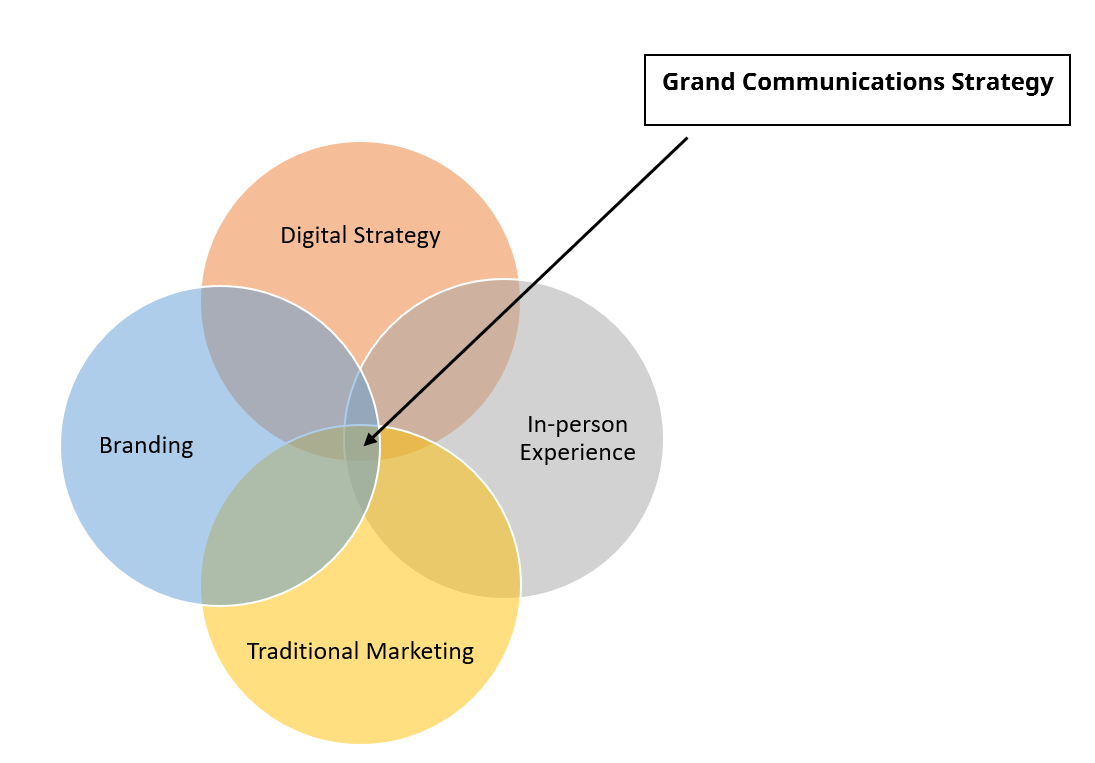

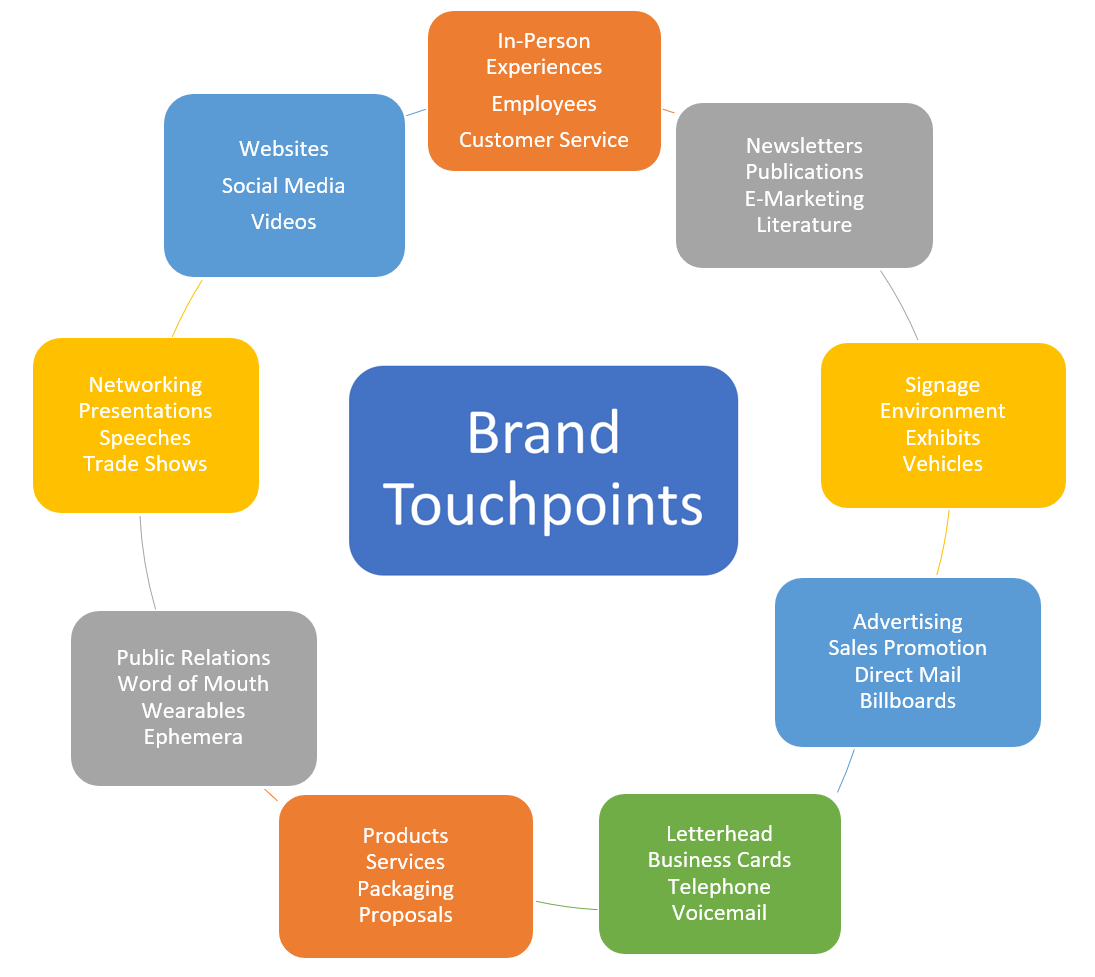

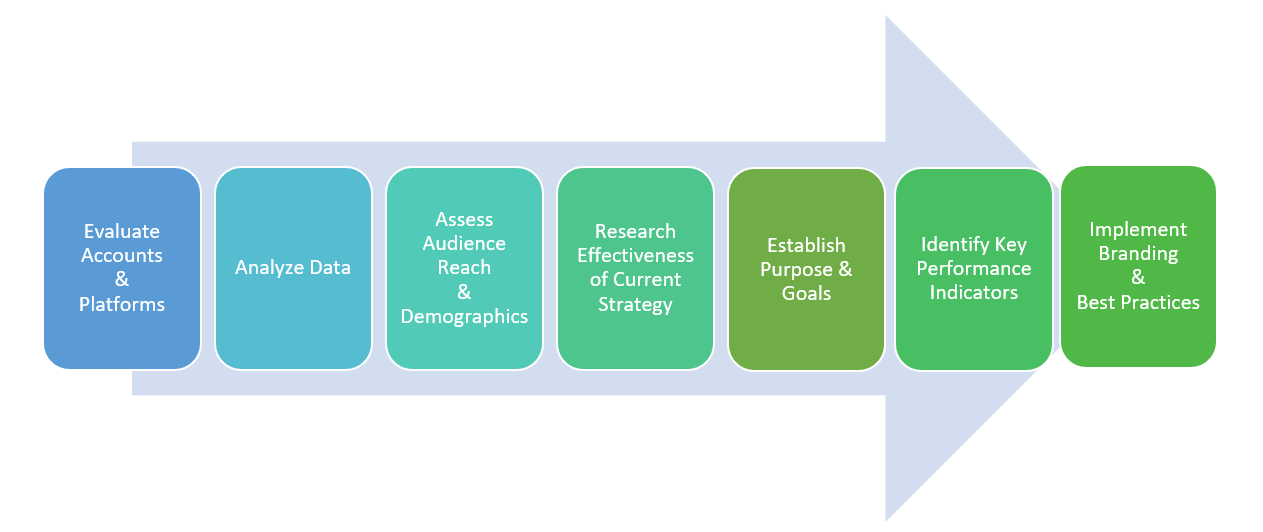


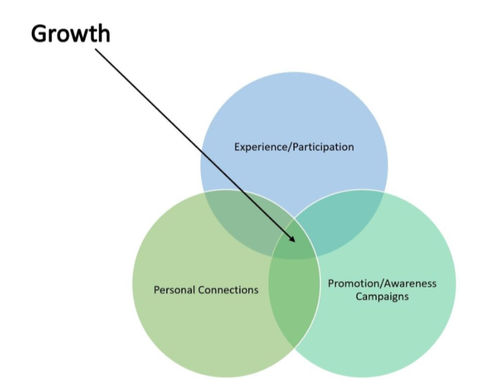
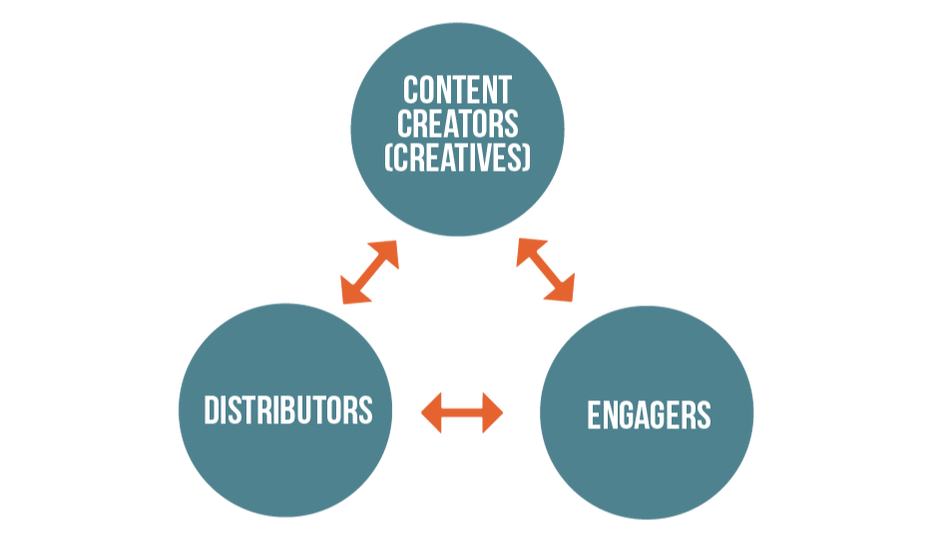
 RSS Feed
RSS Feed